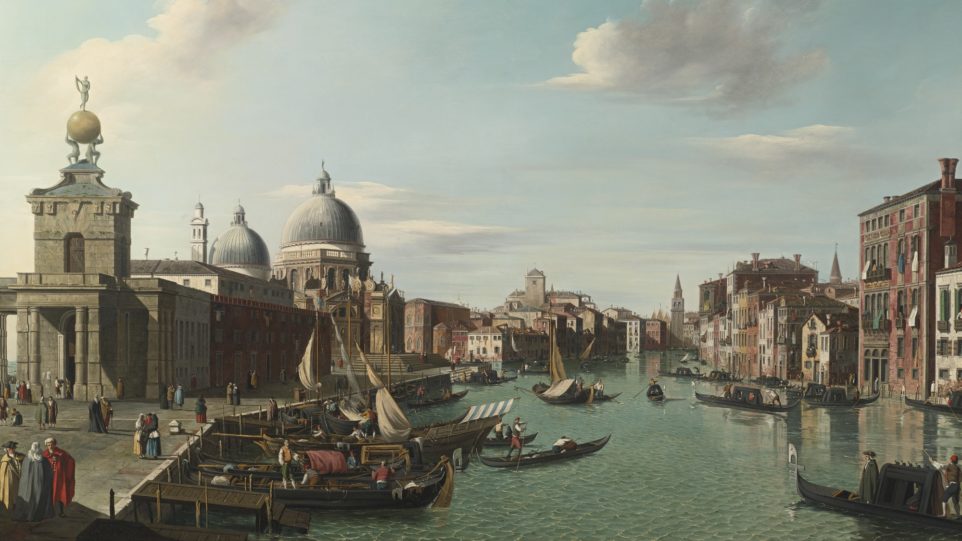Vivaldi was called 'Il Prete Rosso,' The Red Priest. The best-known teacher associated with the Pieta' was Antonio Vivaldi, born in 1678. At the age of twenty-five, he was ordained a Catholic priest and joined the staff of the Pieta' as 'master of violin.' He worked on and off there from 1703 until 1740, rising to the rank of concertmaster.
- Antonio Vivaldi was born in approximately 1678 in Venice to Giovanni and Camilla Vivaldi. His father was a barber and taught Antonio how to play the violin. The Vivaldis were a wealthy family and it was common in this time period for upper class families to send the eldest son into the priesthood.
- BBCFour programme of Vivaldi's Gloria performed by an all-female orchestra and choir in the Pieta in Venice. Complementary to the BBC4 programme 'Vivaldi an.
- For his first years as violin teacher at the Ospedale della Pieta we must imagine him as having been industrious in his activity as a pedagogue and composer; the institution’s administrators soon acknowledged his successes: in 1708 he was given a pay rise, and in 1711 Vivaldi stepped into a vacated position which held a secure yearly wage.
At The Conservatorio Dell'Ospedale Della Pietà

In September 1703, Vivaldi became maestro di violino (master of violin) at an orphanage called the Pio Ospedale della Pietà (Devout Hospital of Mercy) in Venice. While Vivaldi is most famous as a composer, he was regarded as an exceptional technical violinist as well. The German architect Johann Friedrich Armand von Uffenbach referred to Vivaldi as 'the famous composer and violinist' and said that 'Vivaldi played a solo accompaniment excellently, and at the conclusion he added a free fantasy which absolutely astounded me, for it is hardly possible that anyone has ever played, or ever will play, in such a fashion.'
Vivaldi was only 25 when he started working at the Ospedale della Pietà. Over the next thirty years he composed most of his major works while working there. There were four similar institutions in Venice; their purpose was to give shelter and education to children who were abandoned or orphaned, or whose families could not support them. They were financed by funds provided by the Republic. The boys learned a trade and had to leave when they reached 15. The girls received a musical education, and the most talented stayed and became members of the Ospedale's renowned orchestra and choir.
Shortly after Vivaldi's appointment, the orphans began to gain appreciation and esteem abroad, too. Vivaldi wrote concertos, cantatas and sacred vocal music for them. These sacred works, which number over 60, are varied: they included solo motets and large-scale choral works for soloists, double chorus, and orchestra. In 1704, the position of teacher of viola all'inglese Normal spo2 level. was added to his duties as violin instructor. The position of maestro di coro, which was at one time filled by Vivaldi, required a lot of time and work. He had to compose an oratorio or concerto at every feast and teach the orphans both music theory and how to play certain instruments.
Anna Maria Della Pieta
Fingerprint for mac. His relationship with the board of directors of the Ospedale was often strained. The board had to take a vote every year on whether to keep a teacher. The vote on Vivaldi was seldom unanimous, and went 7 to 6 against him in 1709. After a year as a freelance musician, he was recalled by the Ospedale with a unanimous vote in 1711; clearly during his year's absence the board realized the importance of his role. He became responsible for all of the musical activity of the institution when he was promoted to maestro di' concerti (music director) in 1716.
Antonio Vivaldi Ospedale Della Pieta Del
In 1705, the first collection (Connor Cassara) of his works was published by Giuseppe Sala: his Opus 1 is a collection of 12 sonatas for two violins and basso continuo, in a conventional style. In 1709, a second collection of 12 sonatas for violin and basso continuo appeared, his Opus 2. A real breakthrough as a composer came with his first collection of 12 concerti for one, two, and four violins with strings, L'estro armonico Opus 3, which was published in Amsterdam in 1711 by Estienne Roger, dedicated to Grand Prince Ferdinand of Tuscany. The prince sponsored many musicians including Alessandro Scarlatti and Georg Frideric Handel. He was a musician himself, and Vivaldi probably met him in Venice. L'estro armonico was a resounding success all over Europe. It was followed in 1714 by La stravaganza Opus 4, a collection of concerti for solo violin and strings, dedicated to an old violin student of Vivaldi's, the Venetian noble Vettor Dolfin.
In February 1711, Vivaldi and his father traveled to Brescia, where his setting of the Stabat Mater (RV 621) was played as part of a religious festival. Deezer free alexa. The work seems to have been written in haste: the string parts are simple, the music of the first three movements is repeated in the next three, and not all the text is set. Nevertheless, perhaps in part because of the forced essentiality of the music, the work is one of his early masterpieces.
Antonio Vivaldi Ospedale Della Pieta
Despite his frequent travels from 1718, the Pietà paid him 2 sequins to write two concerti a month for the orchestra and to rehearse with them at least five times when in Venice. The Pietà's records show that he was paid for 140 concerti between 1723 and 1733.


